Skyscraper Puzzles
This blog post contains Amazon affiliate links. As an Amazon Associate, I earn a small commission from qualifying purchases.
In February, Mary Bourassa wrote a blog post about Skyscraper Puzzles. As soon as I read the post, I knew I needed to use this puzzle in my classroom. I even sent my husband a link, gushing about how amazing these puzzles were!
Looking for more first day of school activities and puzzles for your classroom? I have a giant blog post dedicated to 40+ activities for the first week of school.
Here’s a few examples of some of these engaging activities for the beginning of the school year.
The puzzles from the brainbashers.com website weren’t quite the right size to use with my linking cubes, so I didn’t use the puzzle with my students right away.
Another great puzzle that uses linking cubes is the Twenty Cubes Puzzle. I have seen many math teachers combine this puzzle with the Skyscrapers Puzzle to make a full class period of linking cube puzzling fun!
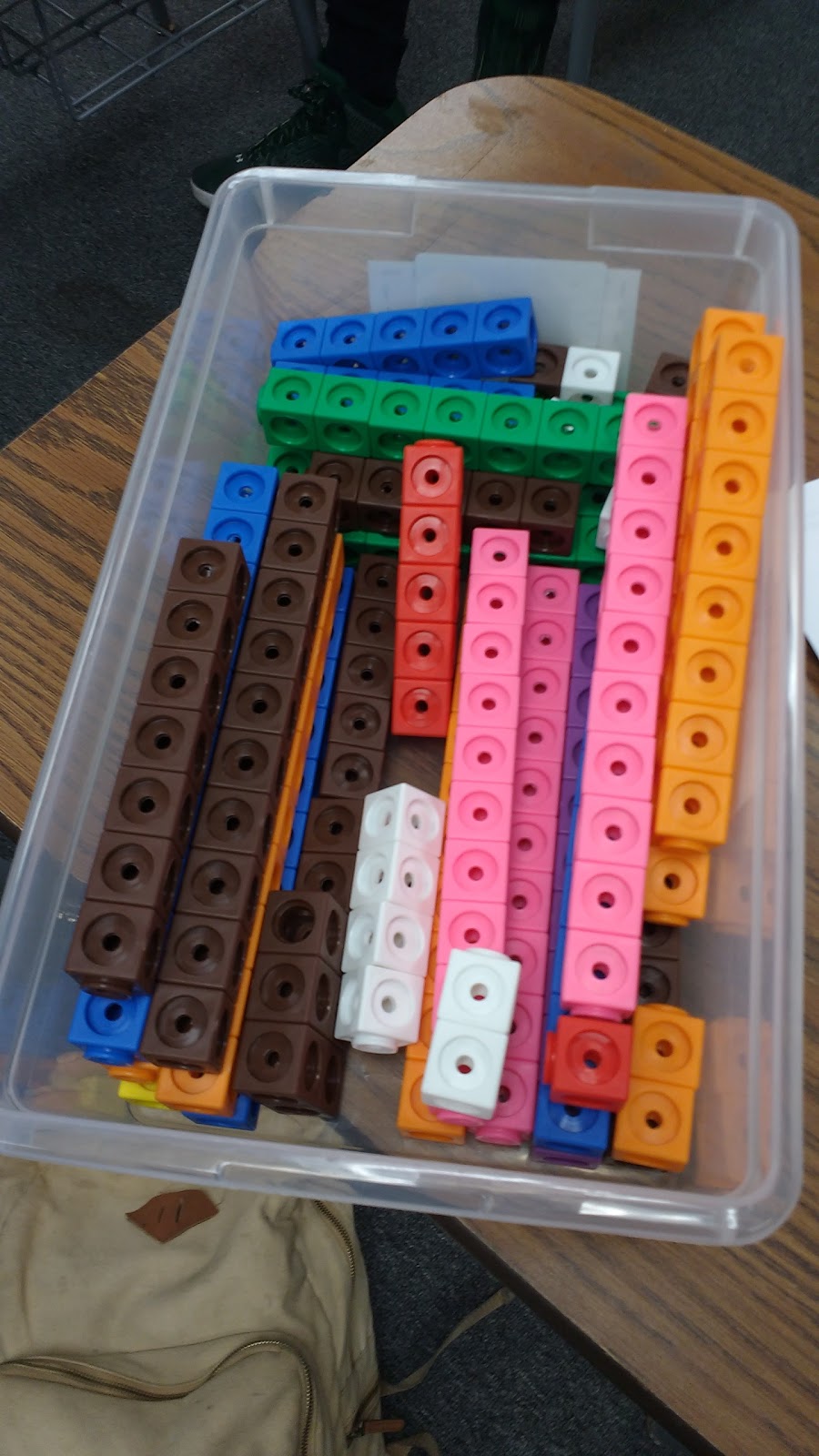
Well, I procrastinated long enough that Mark Chubb did the work for me. He has posted PDFs on his website that contain two skyscraper puzzles to a page that are the perfect size for linking cubes.
I printed off the 4 x 4 puzzles in a packet. Each group got a packet of puzzles and 50 linking cubes.
Next, I instructed my students that we were building a city full of skyscrapers.
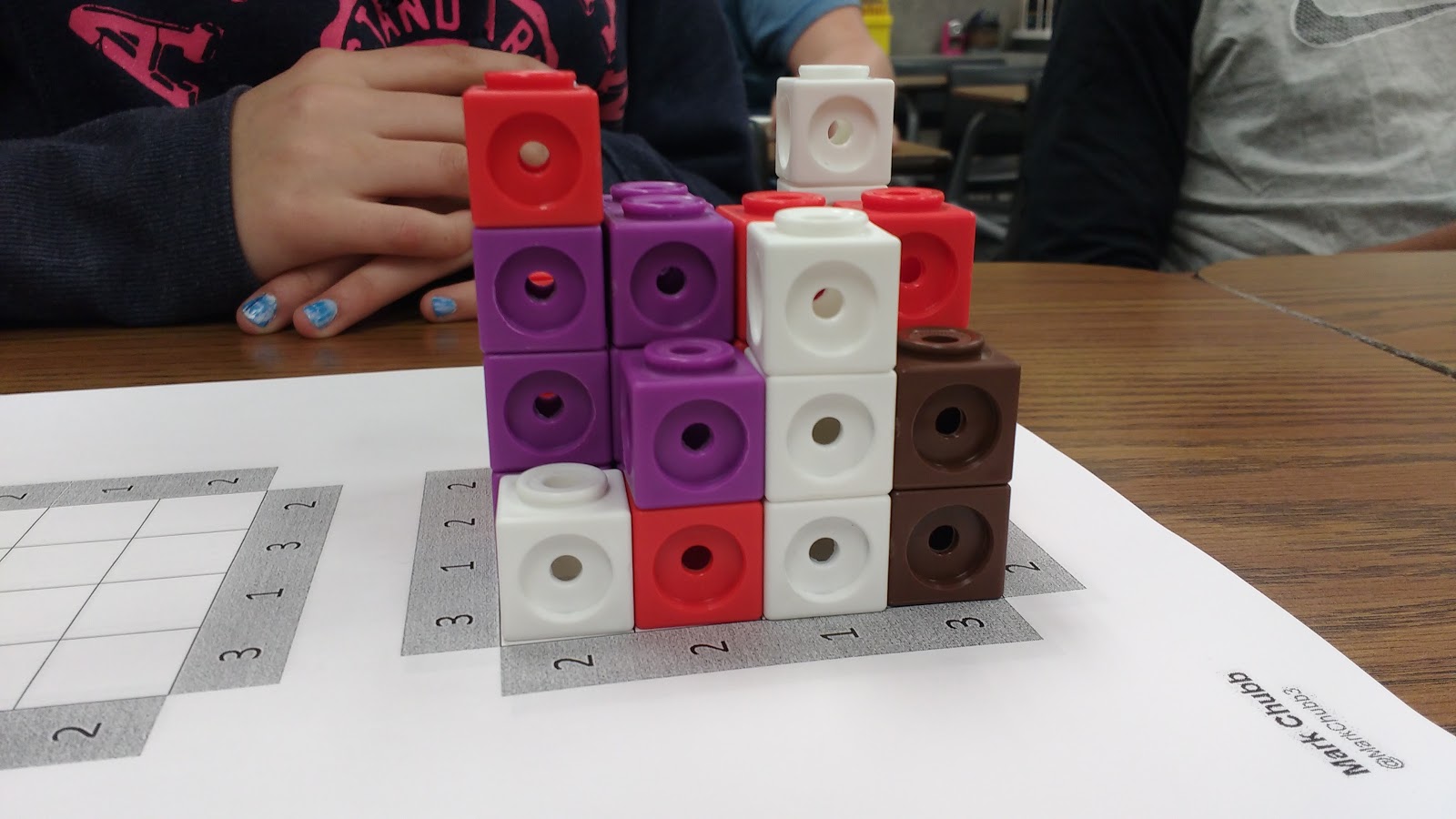
See the numbers around the edge of the puzzle? These numbers tell you how many skyscrapers you can see from that vantage point.
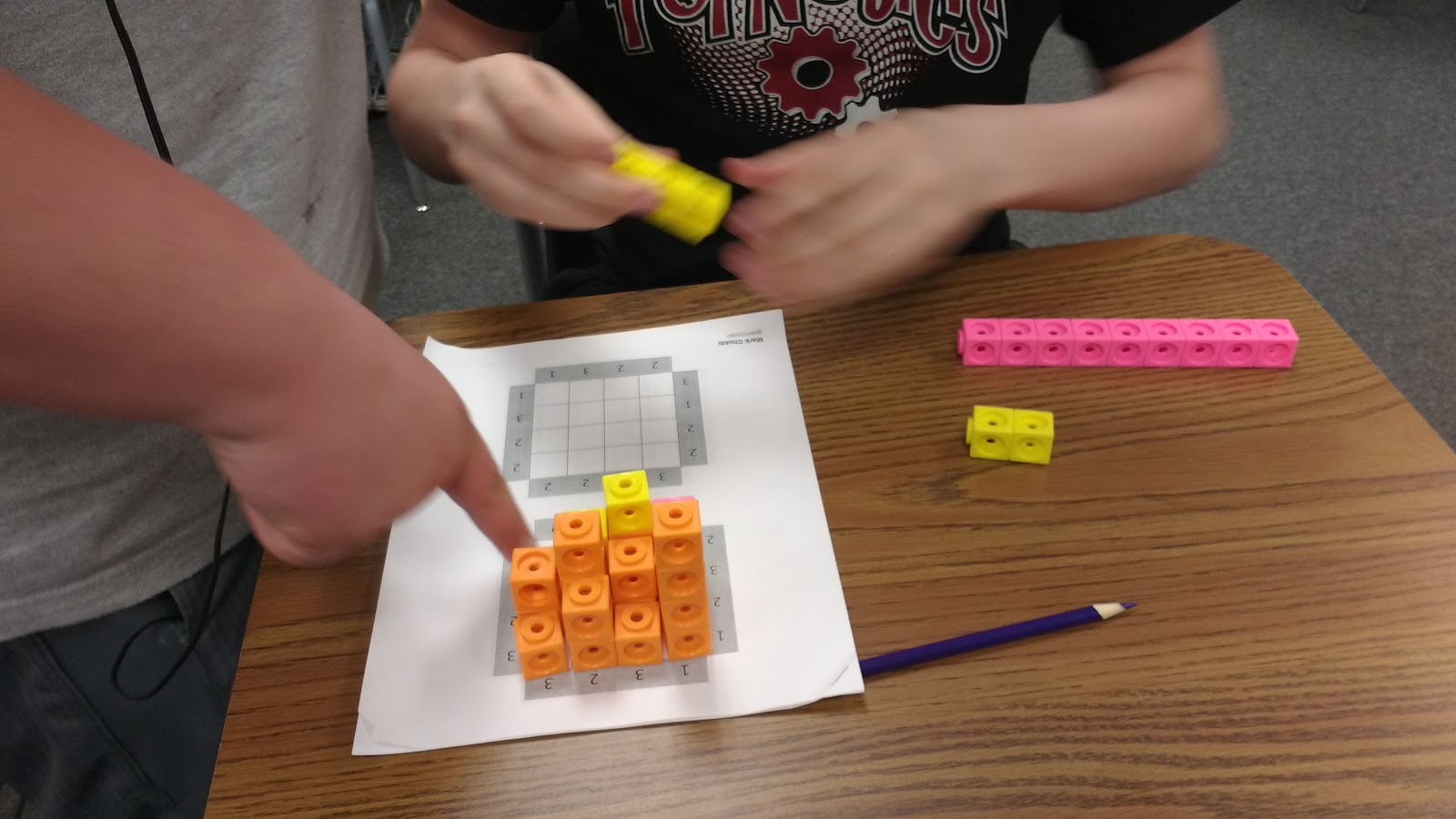
My students were VERY confused by this at first! How in the world could it be possible to see 1 skyscraper from one side and 3 skyscrapers from the other side? When they figured it out, their expressions were priceless!
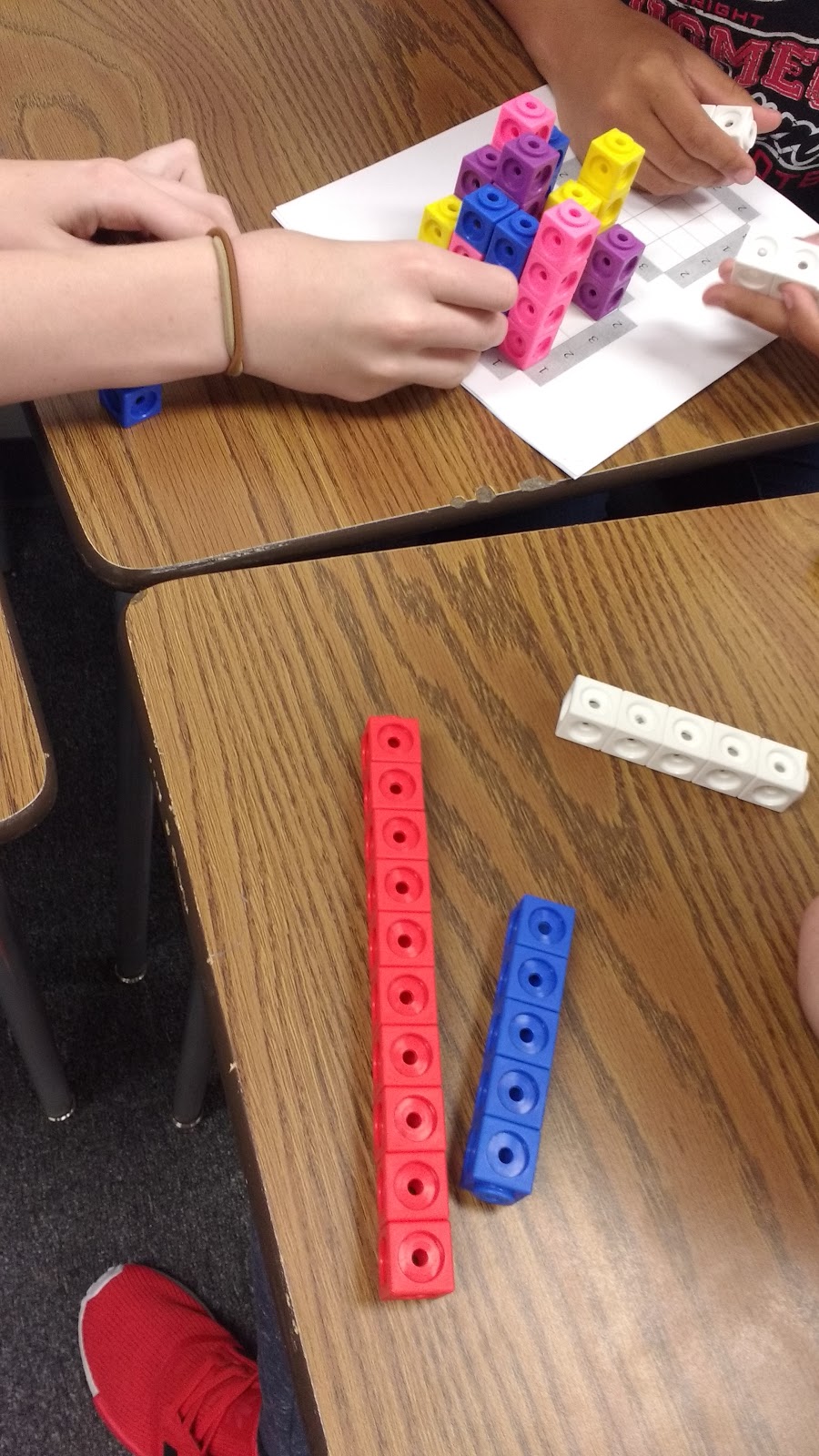
Once my students got over their initial confusion, they were off!
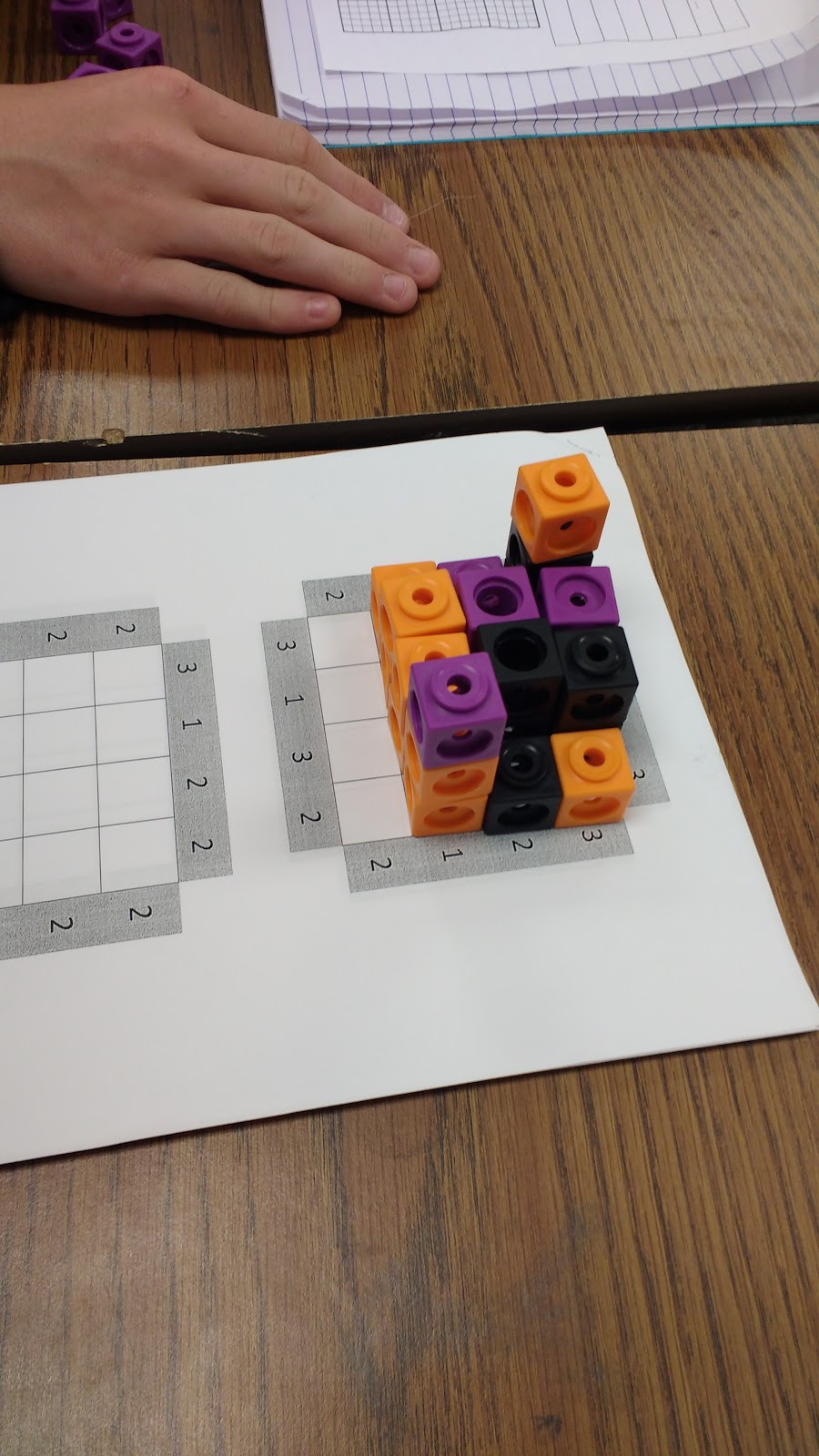
I didn’t really get a moment of rest because my group after group after group needed their solutions checked.
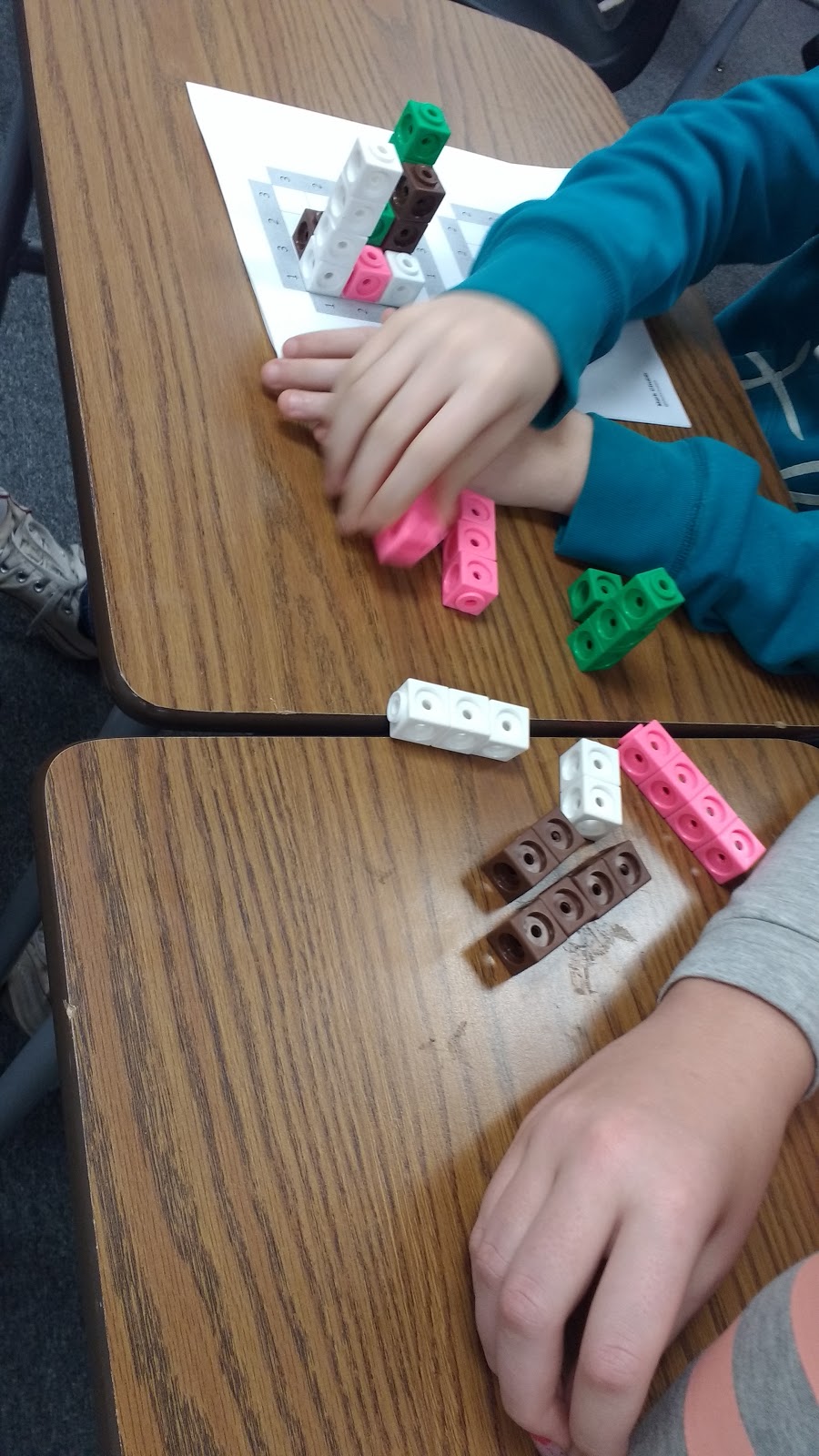
After my students caught on to how the puzzle worked, they were knocking out the puzzles quite quickly. I wish I would have printed off some of the bigger puzzles for this exact reason!
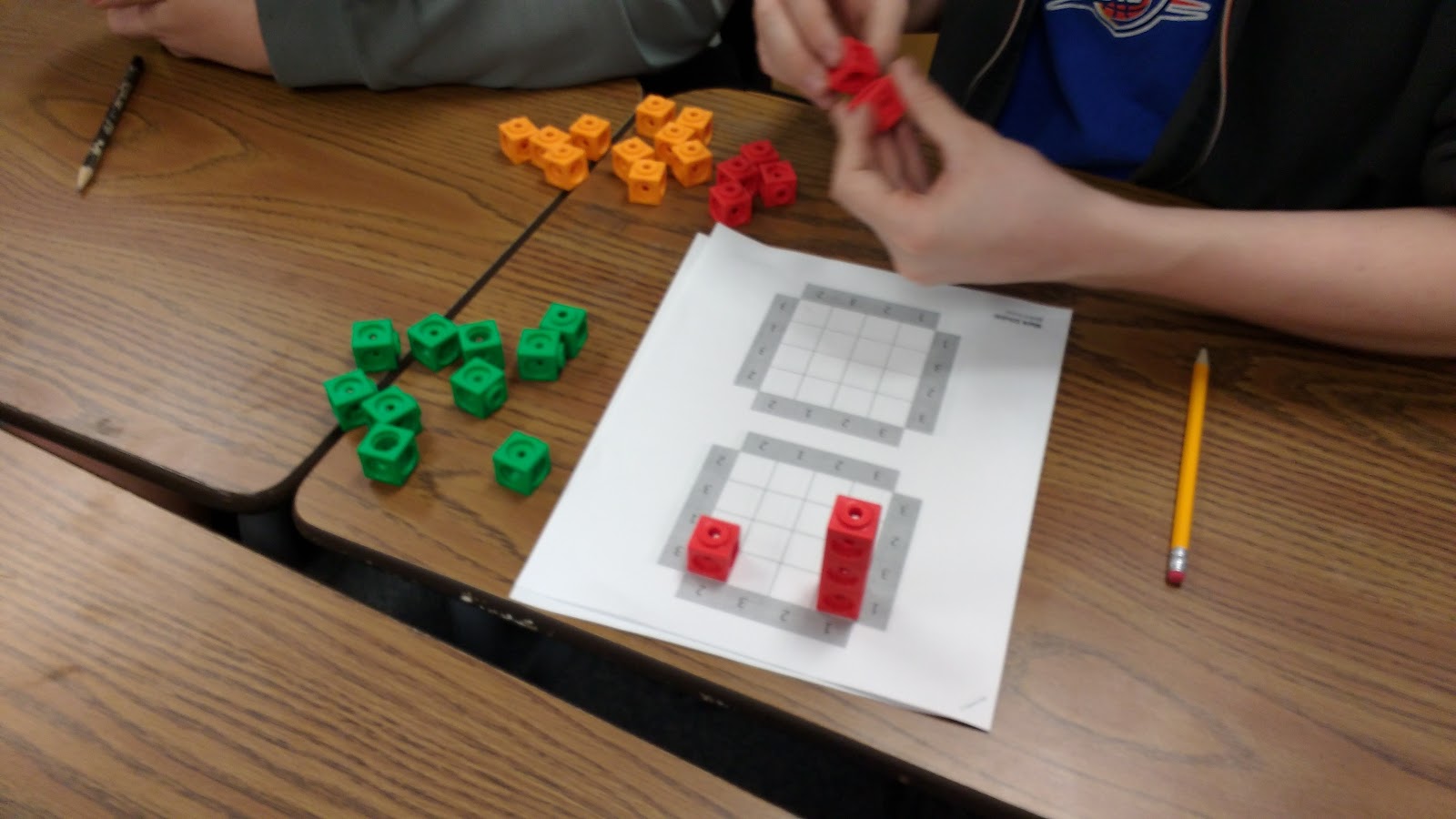
There was SO much good group work and conversations going on while students were solving these puzzles.
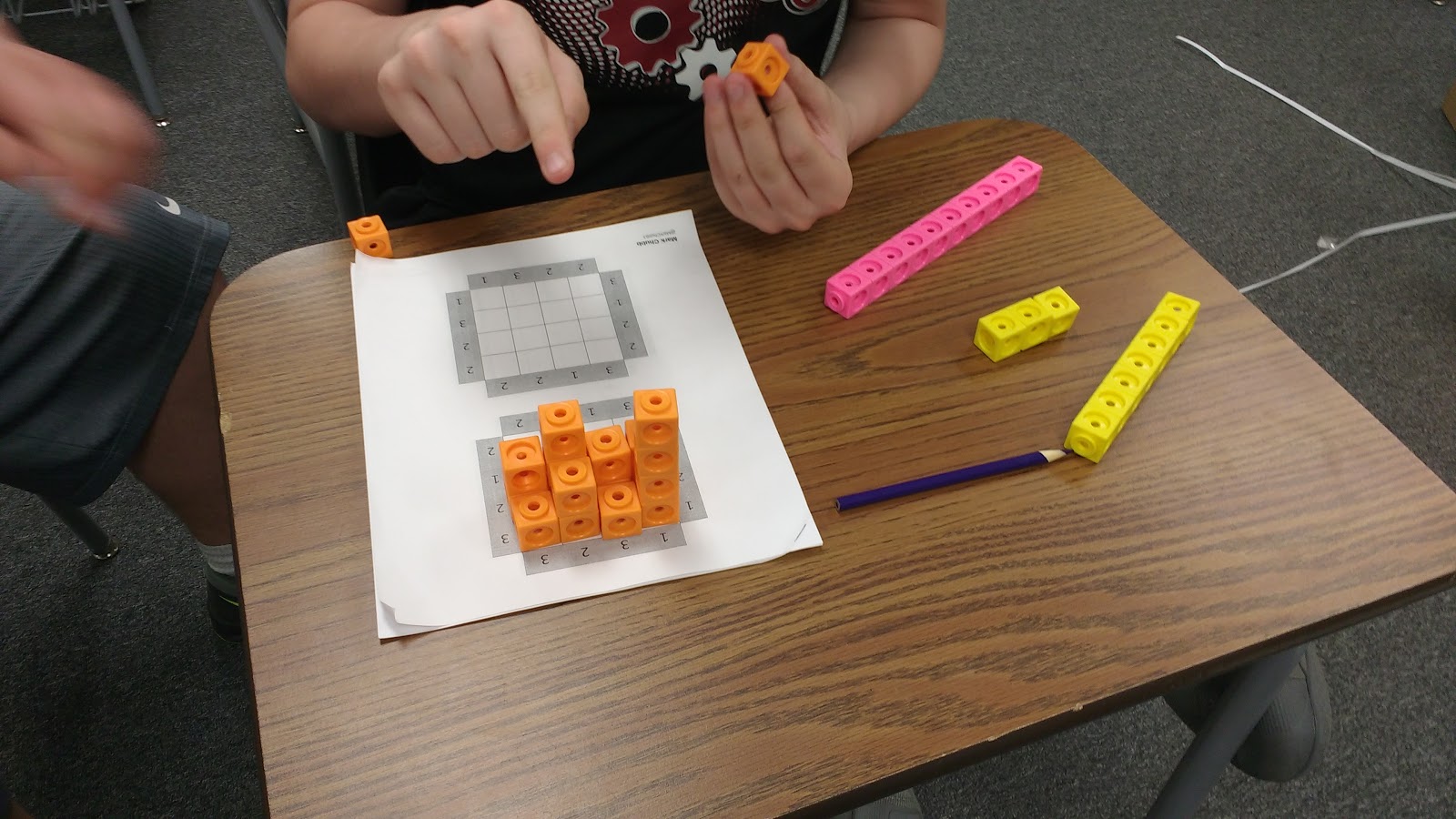
It reminded me a lot of the activities I tried from Cohen’s Designing Groupwork at the beginning of the school year.
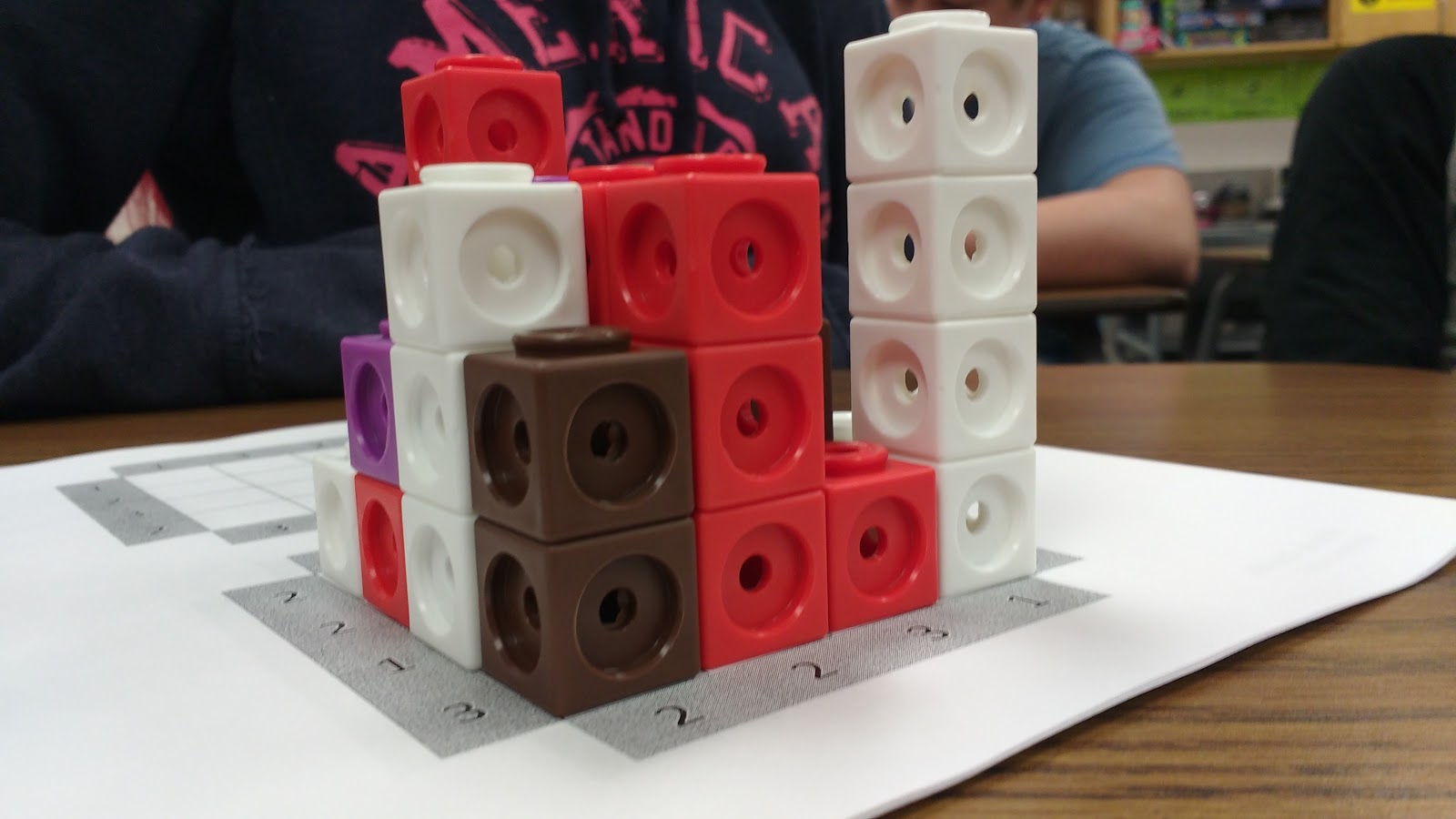
I knew this activity was a winner when students stayed AFTER the bell rang so I could check their latest solution.
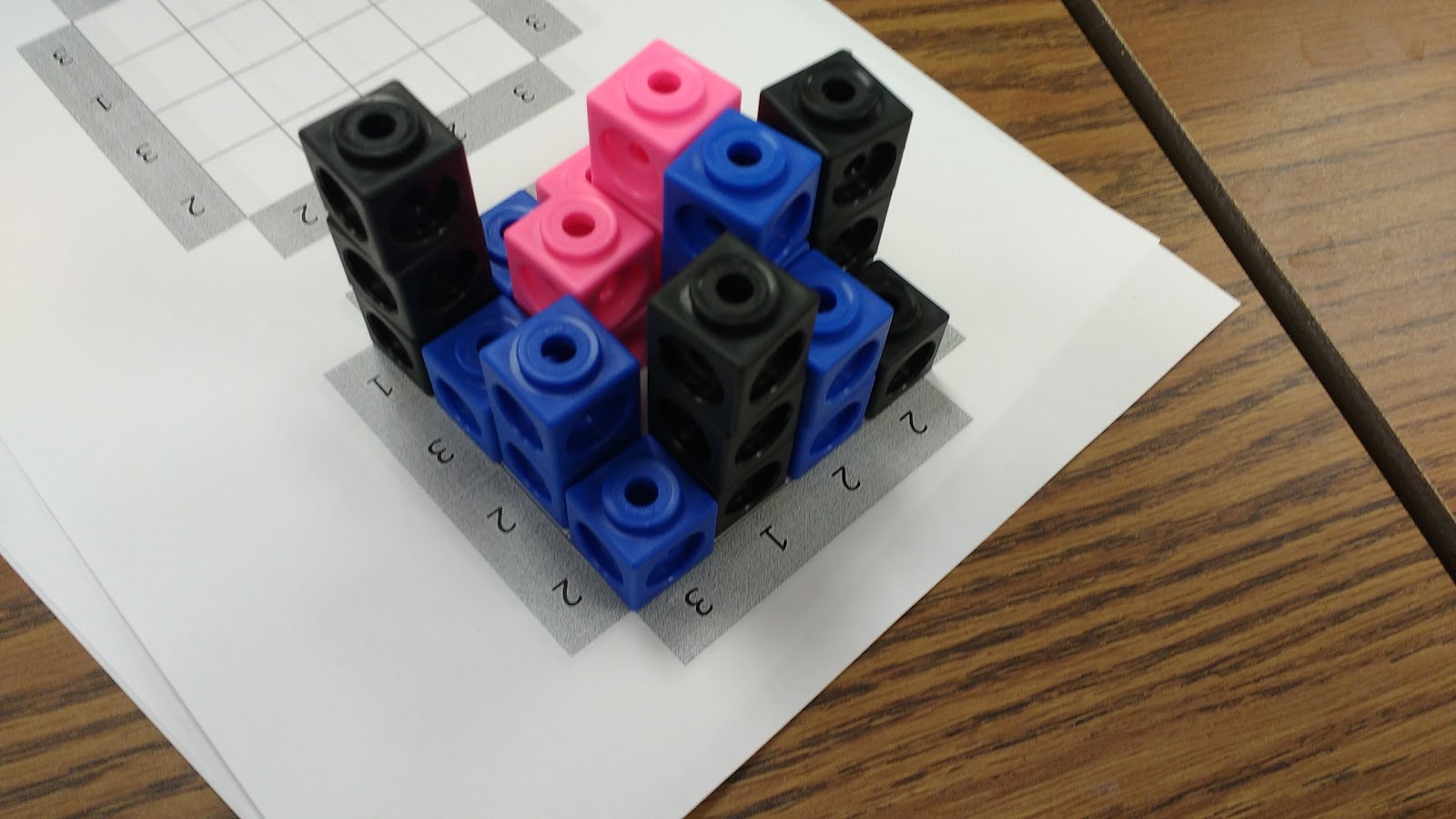
When my students came to class the next day, they were devastated to learn that we would not be doing more skyscraper puzzles.
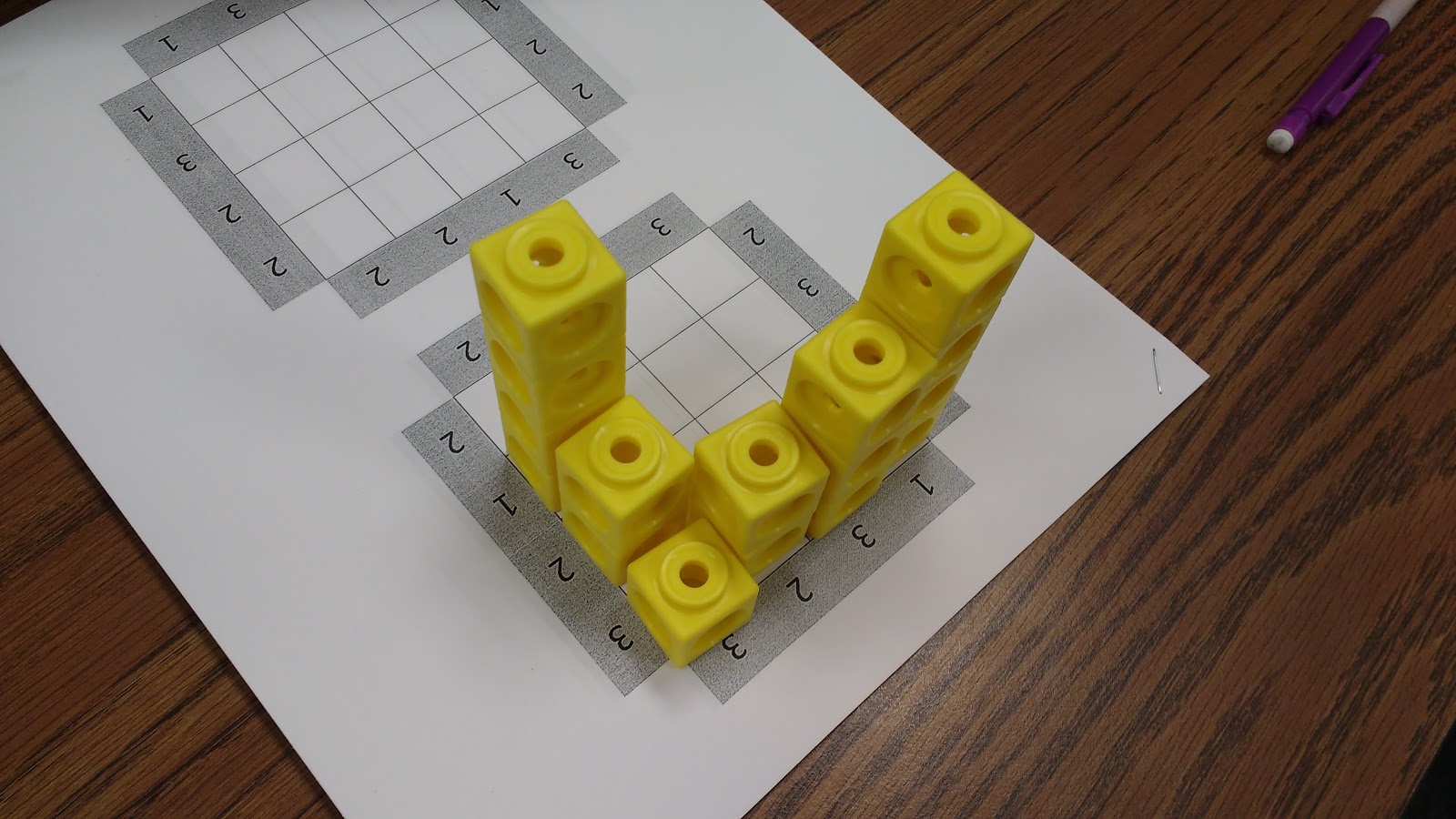
As we started our activity that day, students kept making remarks about how doing more skyscraper puzzles would be more fun.
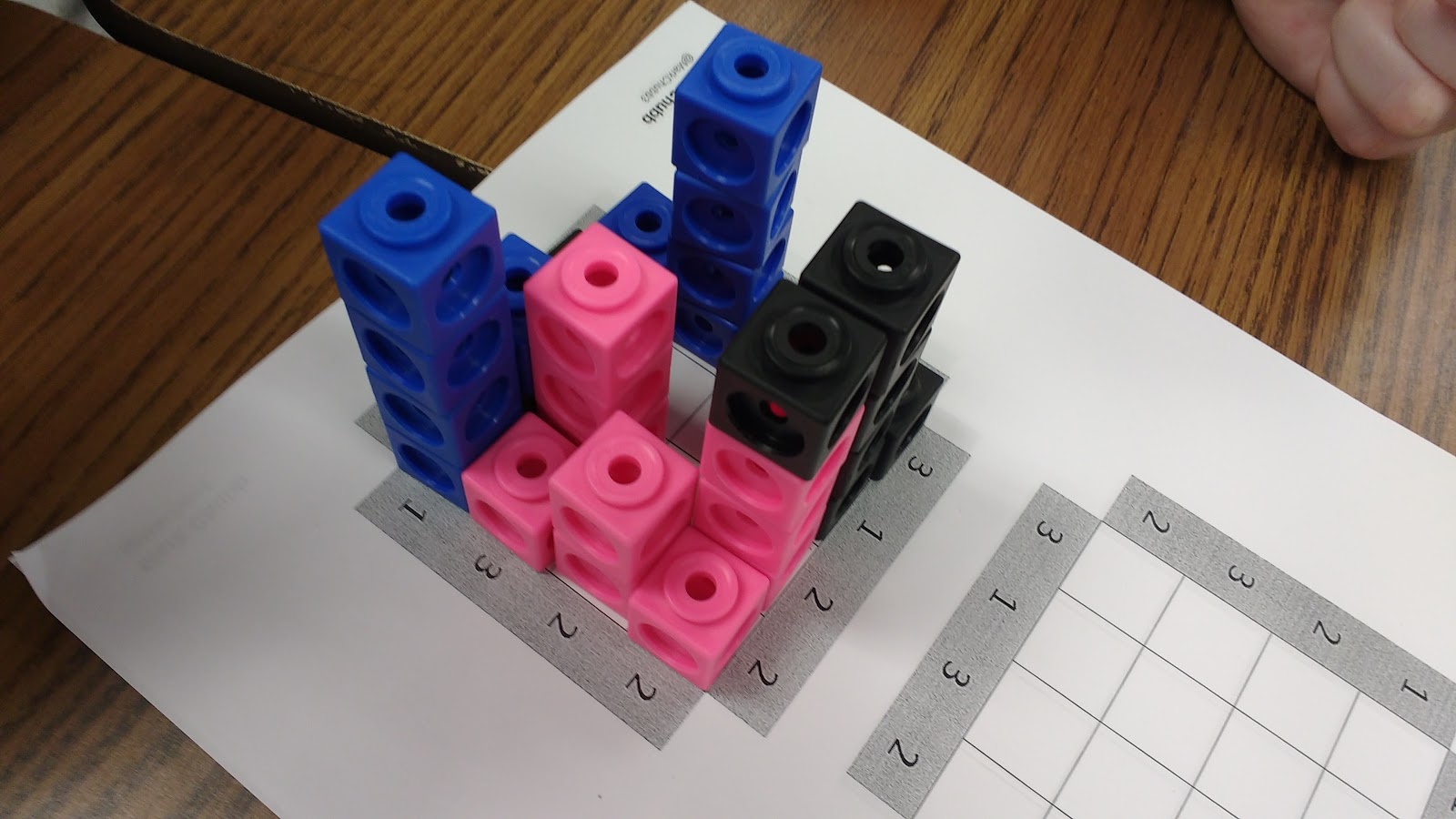
It was so fun to hear them share their theories about the best way to interpret the clues with their group mates. It’s so great to overheard a student say excitedly, “Wait, I have a theory!”
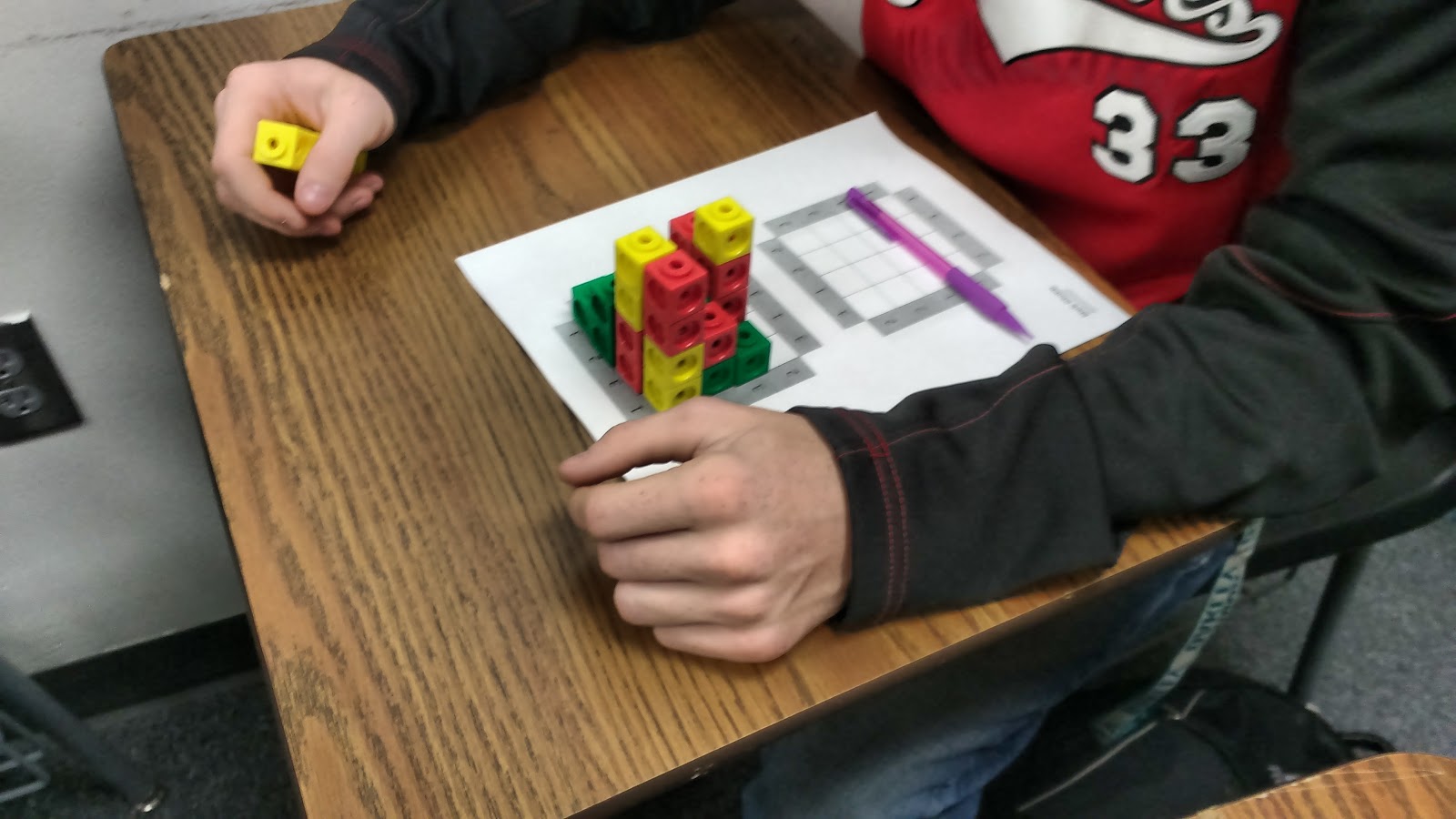
I have successfully used these puzzles with students ranging from Math Concepts (a class for 9th graders not yet ready for Algebra 1) to Algebra 1 to Trigonometry. They all loved them!
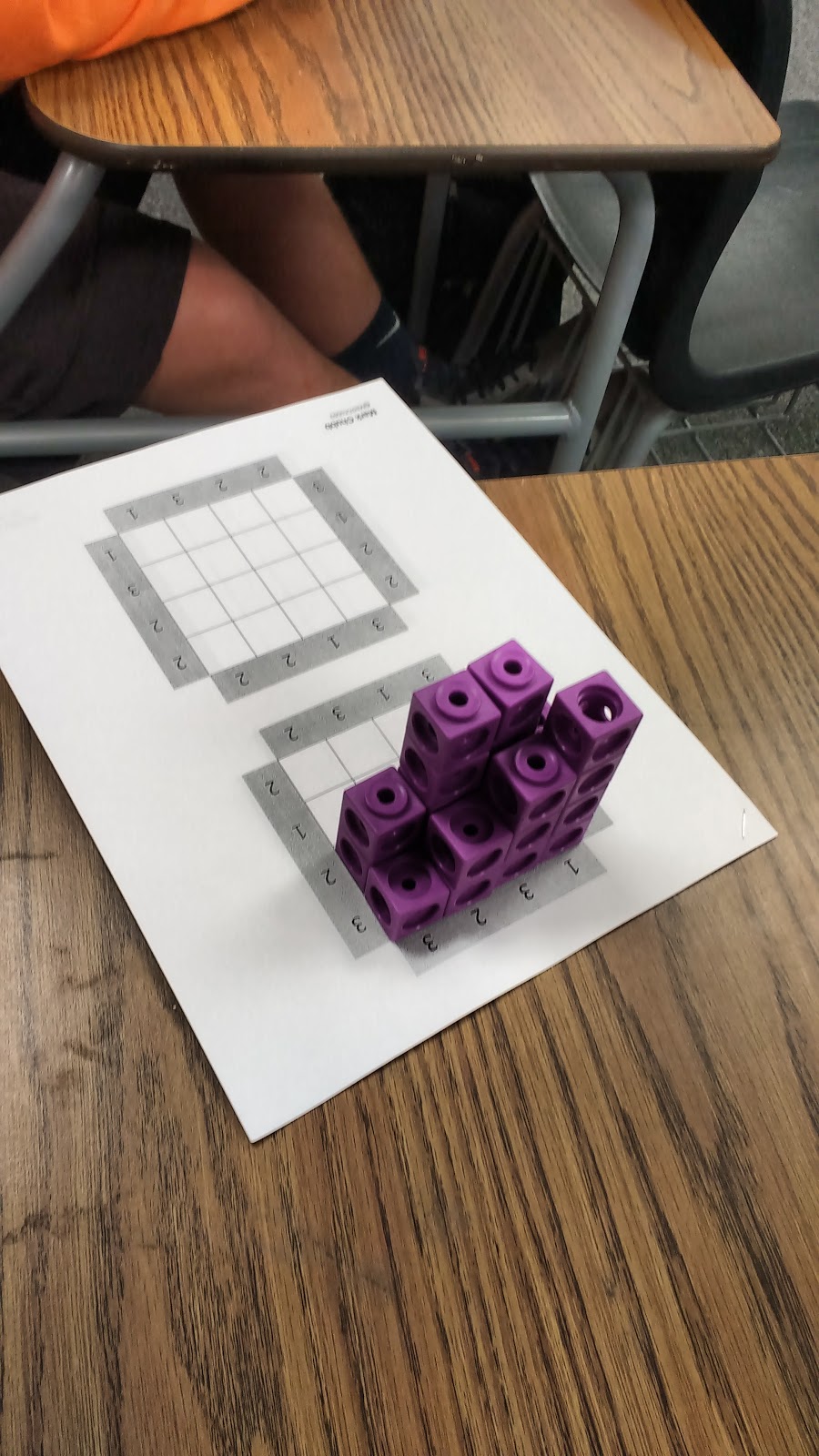
For one of my afternoon classes, I told the students that each group would need to successfully complete two skyscraper puzzles to receive their 10 participation points for the day. If they did more than this, I would give them a few extra credit points.
I wrote this formula on the board to help students calculate the points they had earned. This led to some awesome conversations. A group of students were trying to figure out how many points they would get if they stopped after completing 6 puzzles. Some of the group members insisted that they would get 18 points. Other group members were adamant that they would be getting 48 points. It turned into a great big discussion about order of operations!
Digital Version of Skyscraper Puzzles
Erick Lee has created a digital version of the skyscraper puzzles in Desmos. I love that they are self-checking!
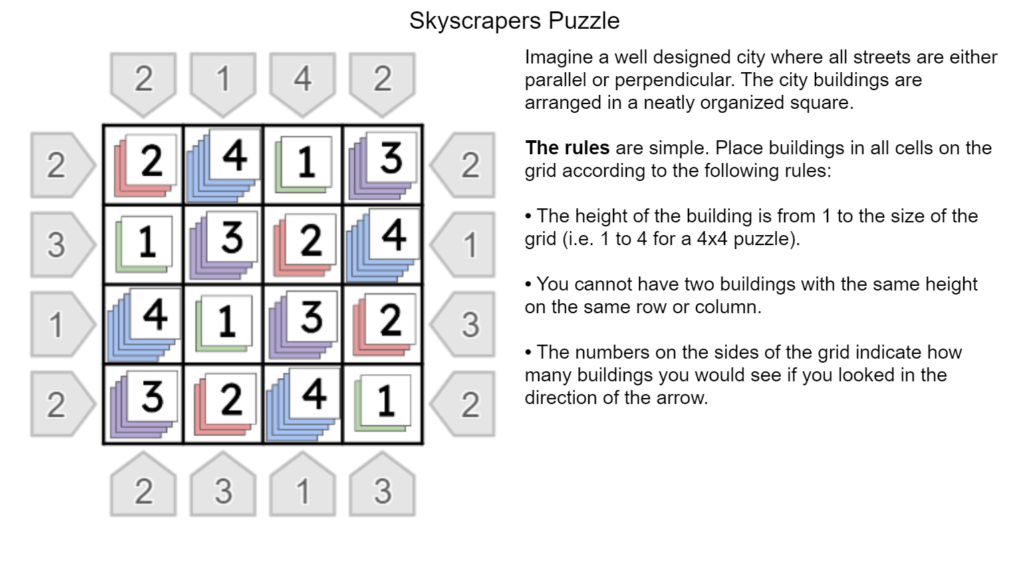

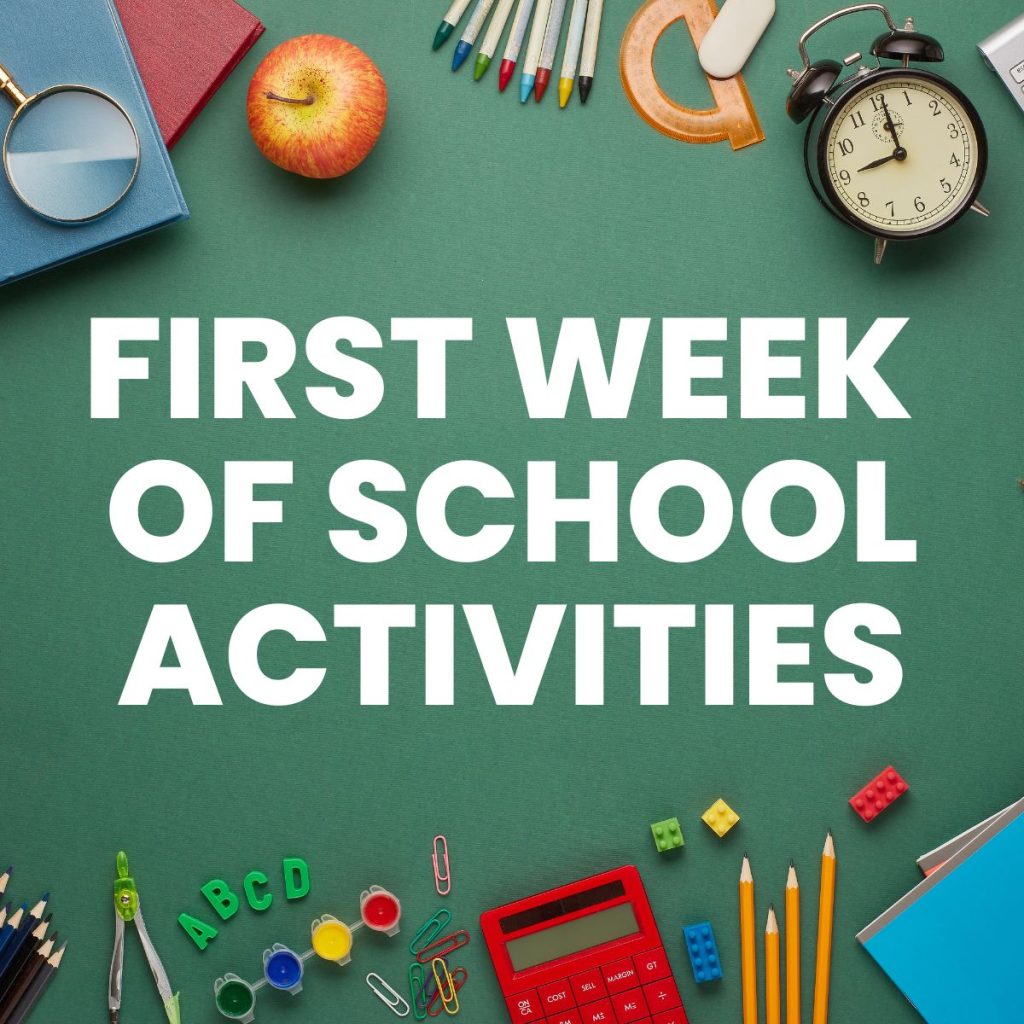
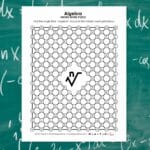

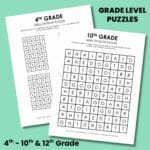
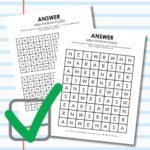
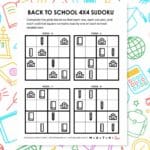
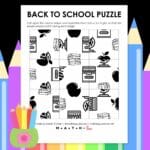
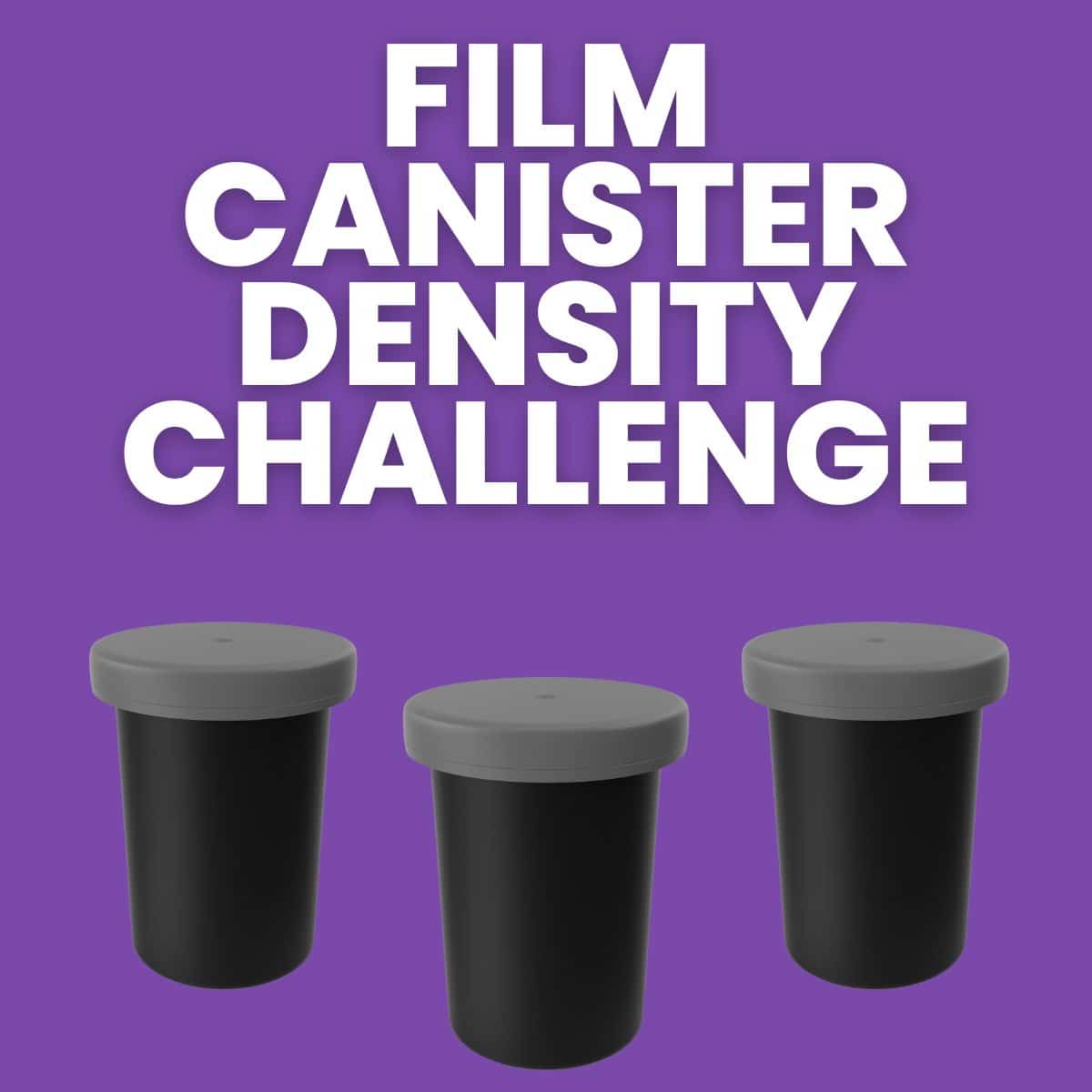
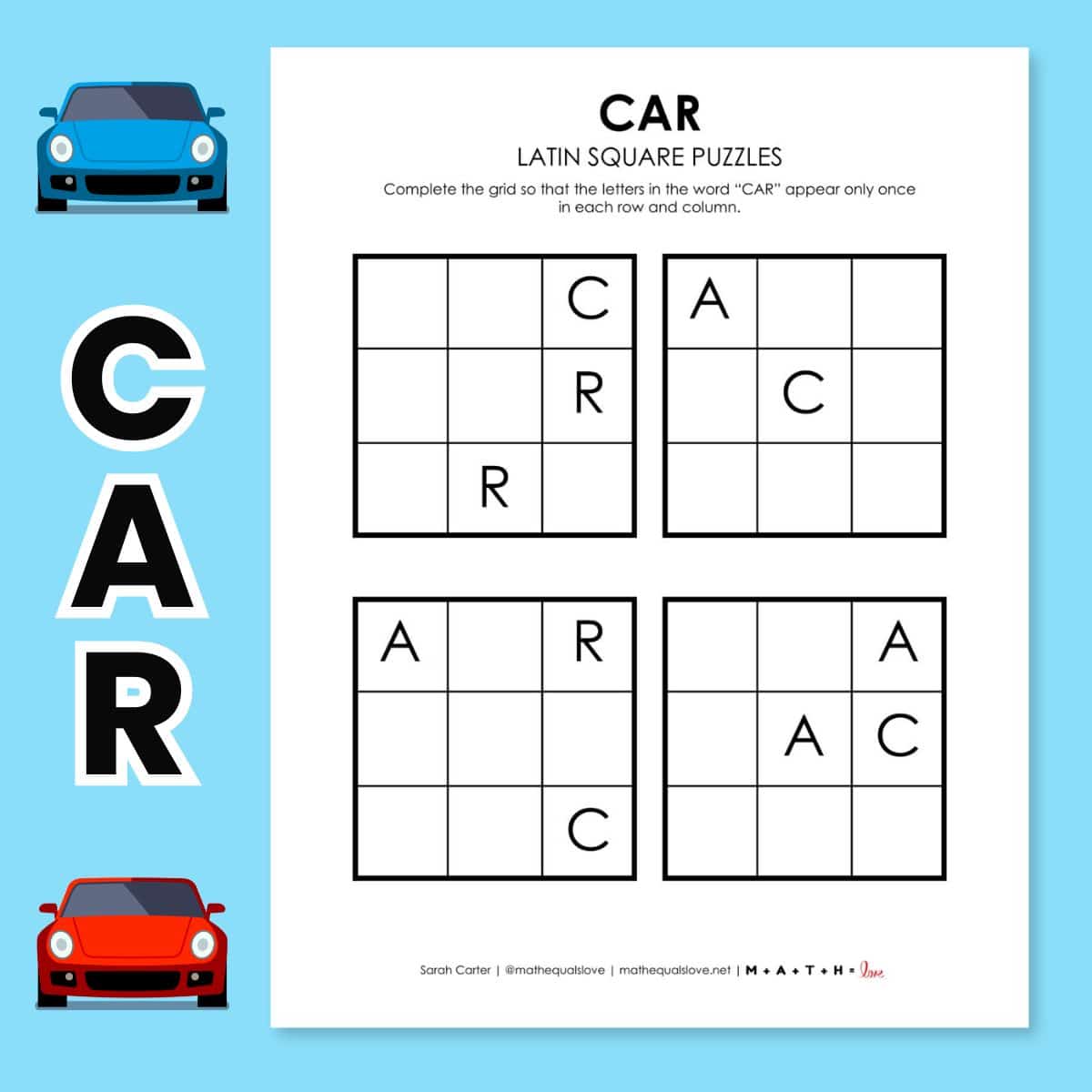
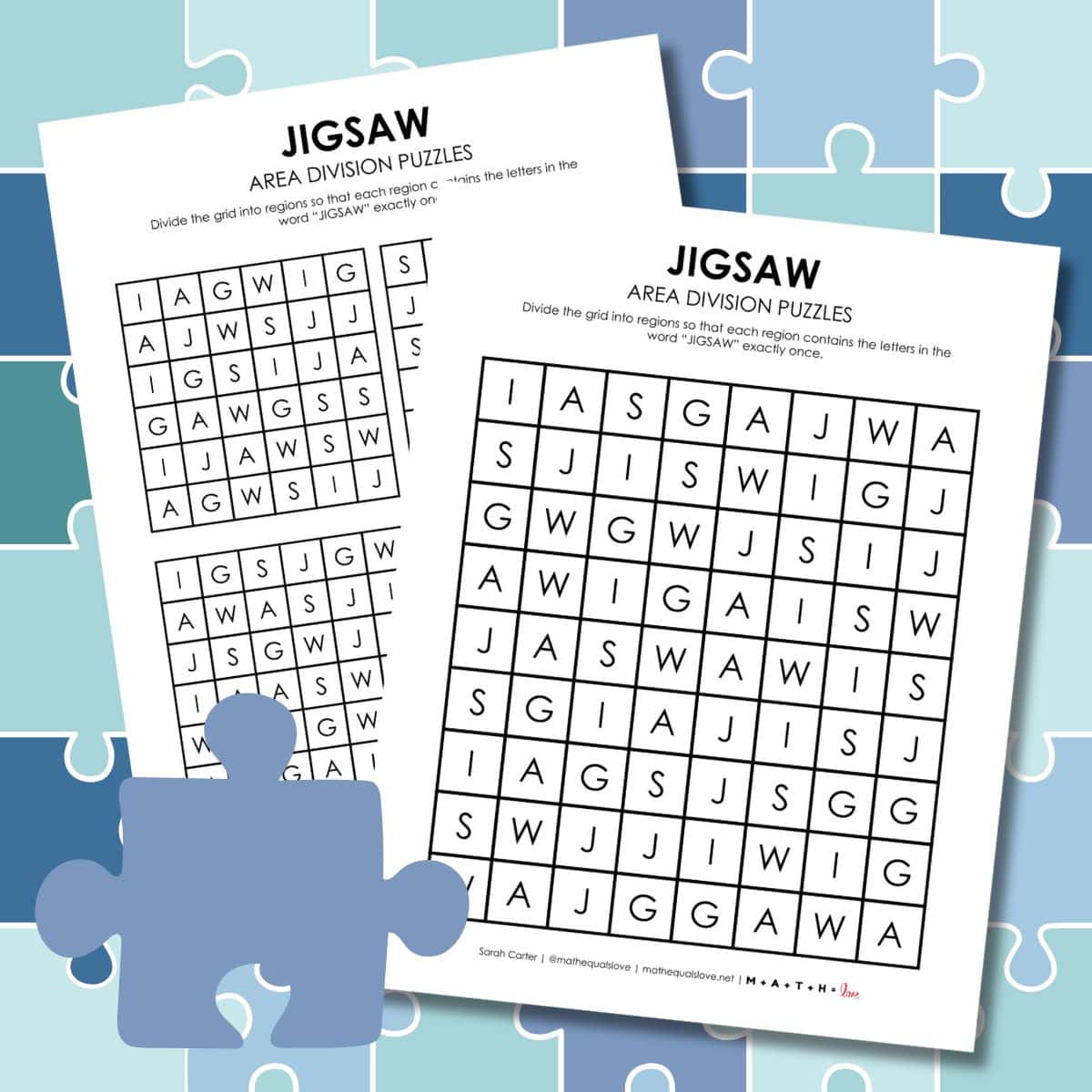
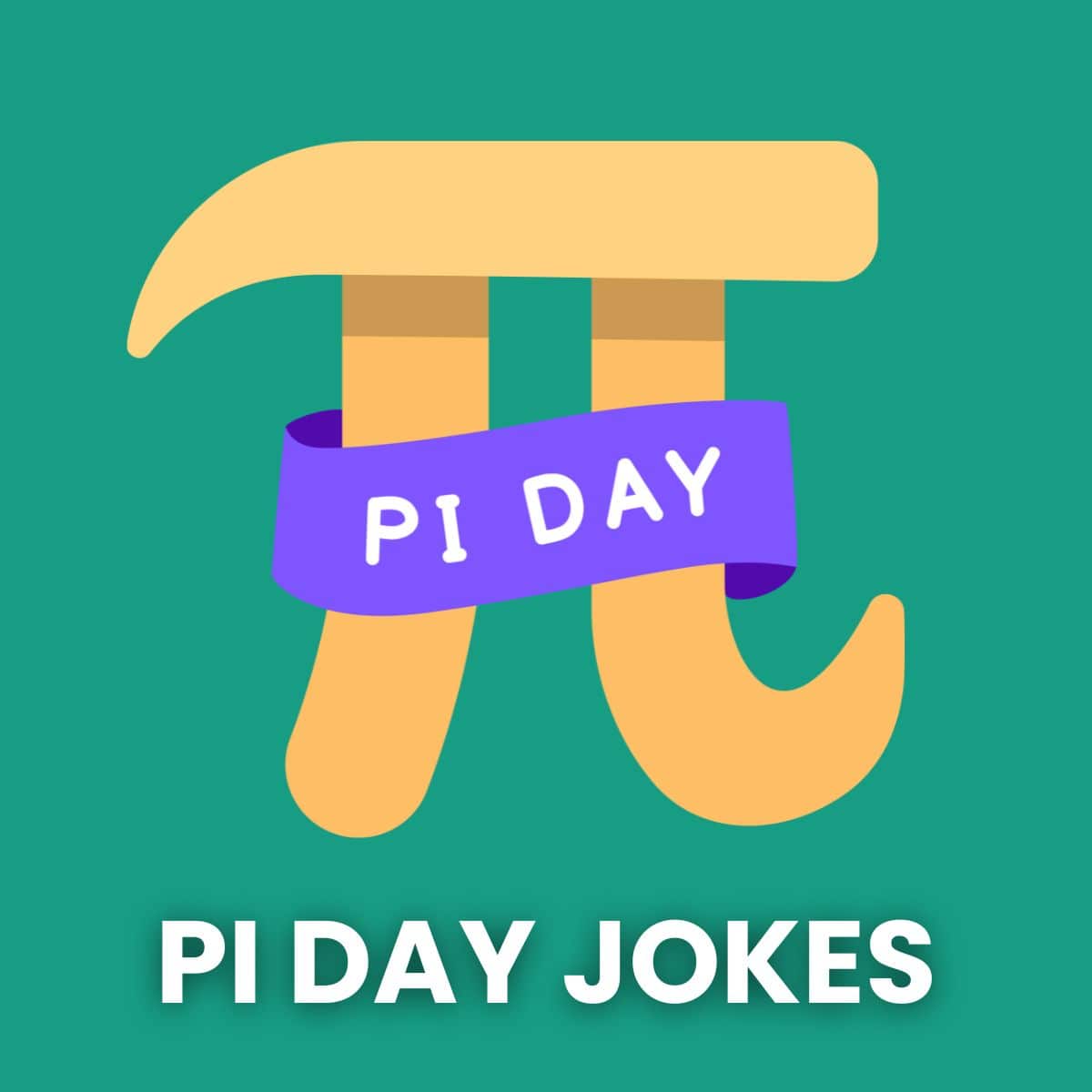
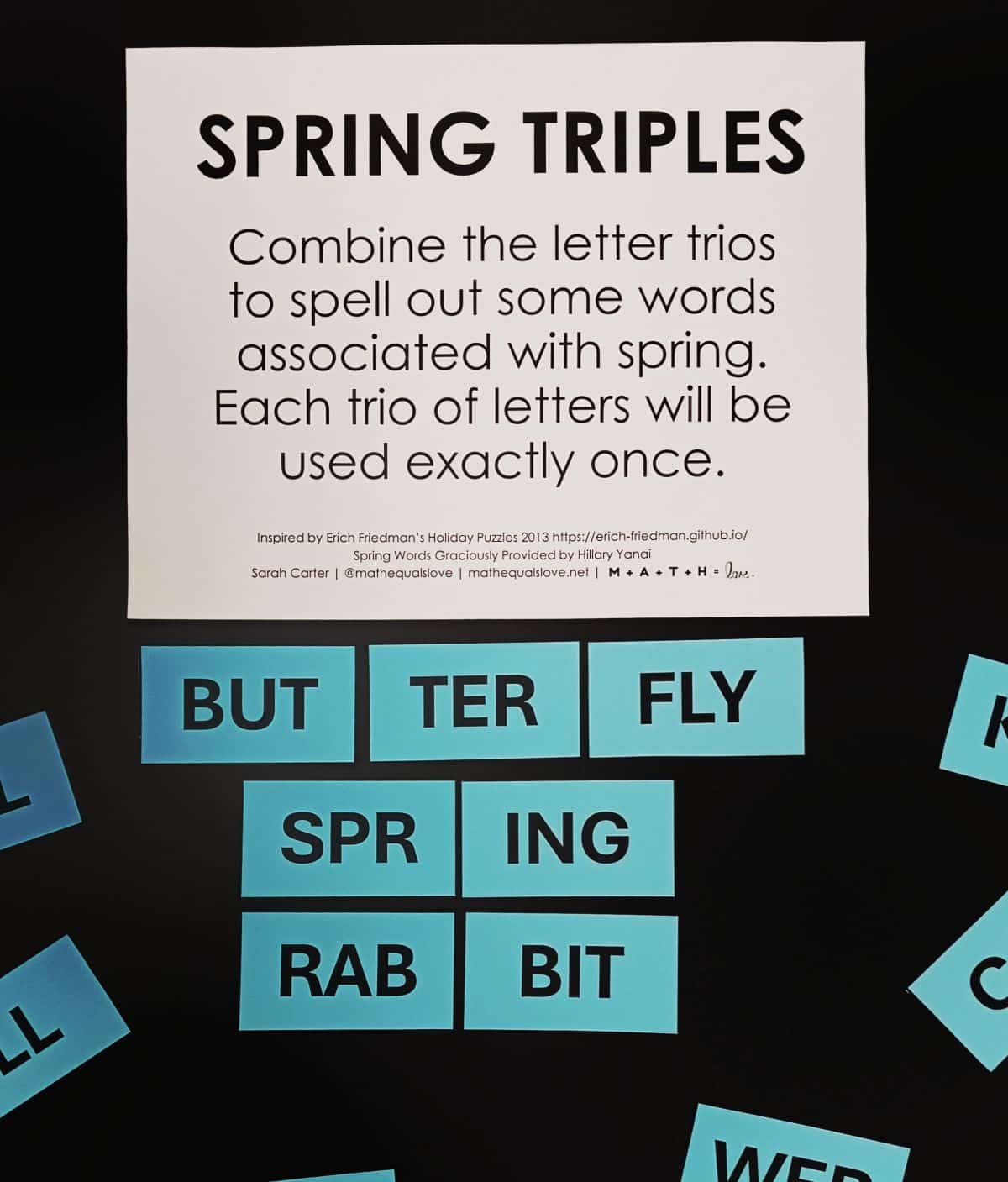
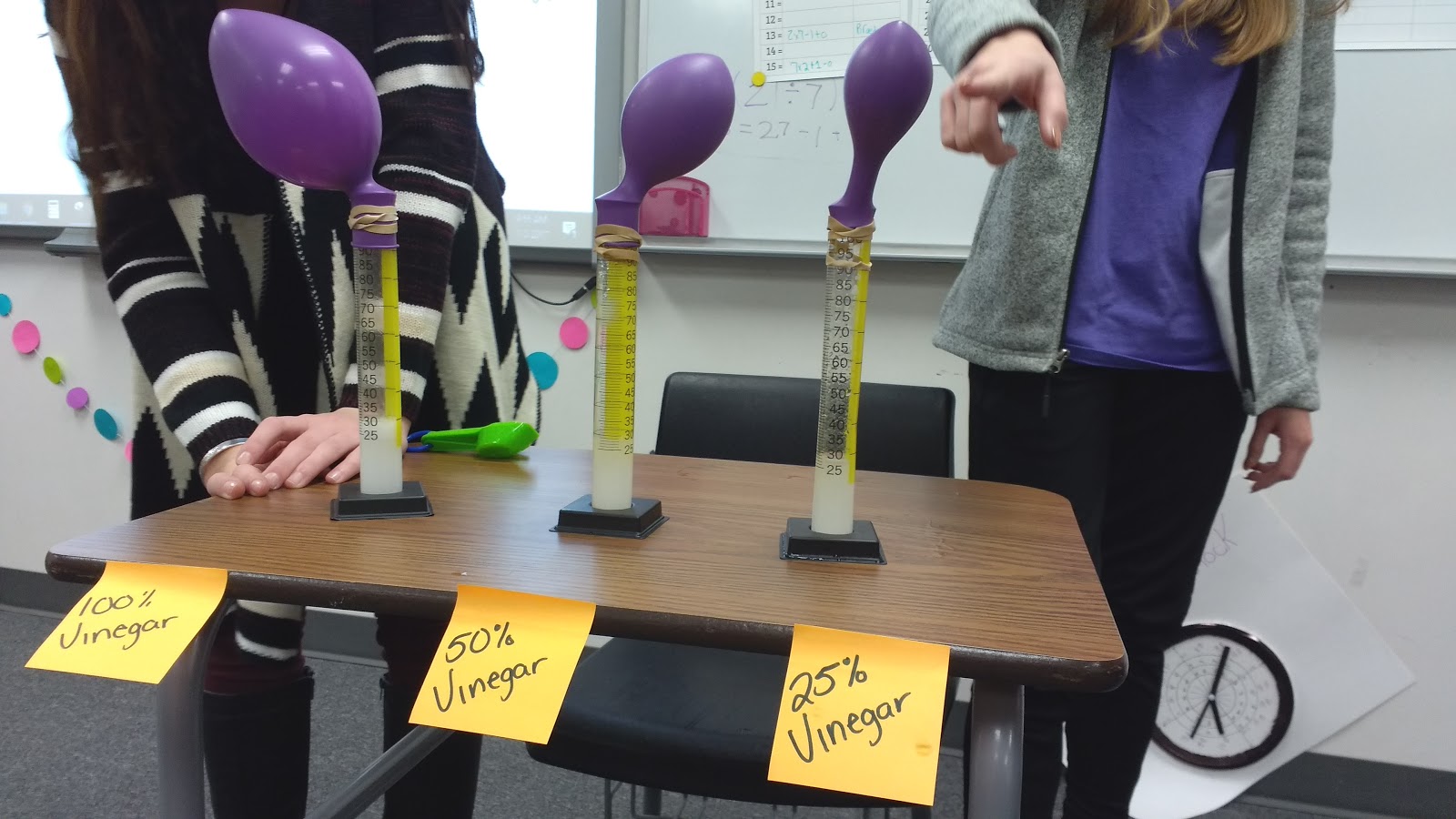
Thanks for sharing Sarah! They are addictive aren't they!!!
So addictive. Thanks for making the PDFs that make carrying this activity out SO easy!
This looks like so much fun!
Have you found out yet if you are going to get to teach summer school?
I can't wait to do this tomorrow! How many students did you have in each group?
Thank you so much for this great activity! My 8th graders did it today and couldn't get enough of it! Students that were frustrated at first, walked out of my room accomplished, smiling and energized! I had the students in pairs and it worked great. Thanks again!